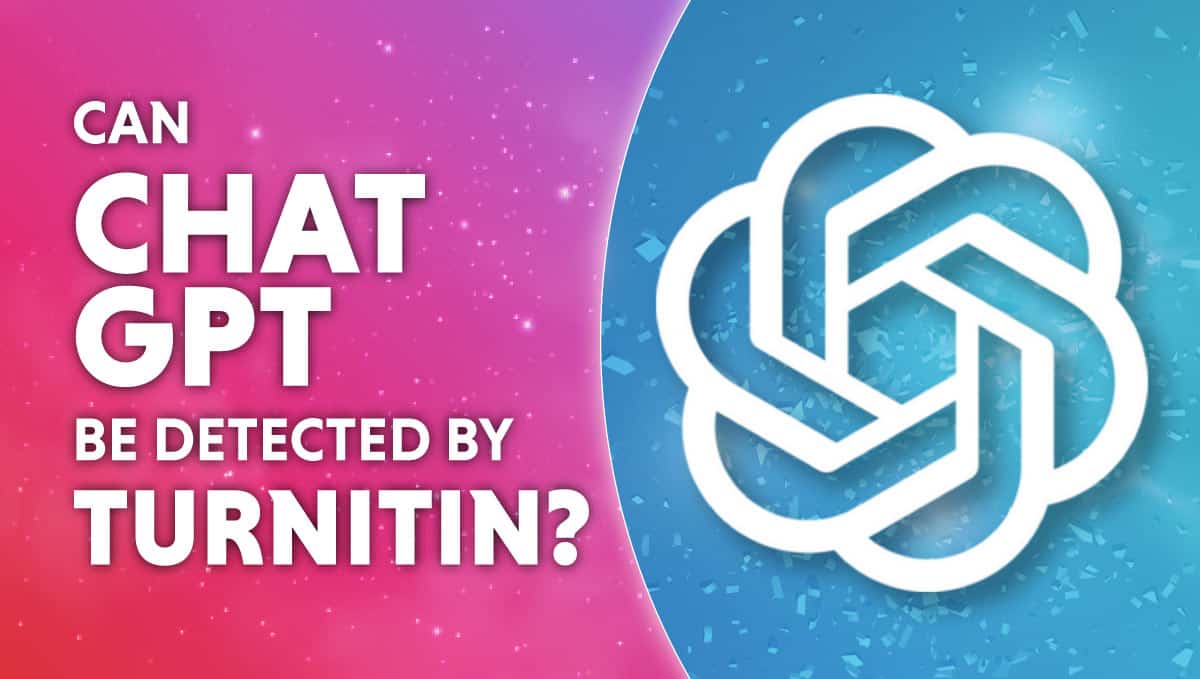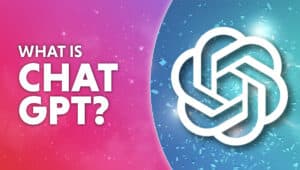Can Turnitin detect ChatGPT? Yes, AI content can be detected
Turnitin's AI detection has been developed

WePC is reader-supported. When you buy through links on our site, we may earn an affiliate commission. Prices subject to change. Learn more
The advancements in AI writing technology have raised concerns among educators regarding the use of ChatGPT by students to plagiarize their work. However, Turnitin, the leading platform for authenticity checks, is continuously evolving to address these concerns.
Turnitin has developed technology capable of detecting AI-generated and AI-assisted writing, including ChatGPT. They have introduced an AI writing indicator in their reports to highlight any potential AI-generated content.
Turnitin Originality, their flagship product, thoroughly examines the originality of student work and can identify certain forms of AI-assisted writing. Furthermore, recent enhancements in their product have enabled the detection of AI writing in their research and development labs.
Educators can be reassured that Turnitin is equipped to thoroughly check student work for plagiarism, even in the presence of advanced AI writing tools.
Can Turnitin detect ChatGPT?
ChatGPT has been a source of concern for many educators, as its sophisticated capabilities pose a potential threat to student plagiarism.
With the ability to supply students with work templates, revision notes, and even write entire essays in a matter of minutes, many fear students may use AI writing tools to produce work that lacks originality. But, with the technology behind Turnitin, these fears are put to rest.
Before the recent update from Turnitin’s devs, we conducted a thorough paraphrasing test to determine if Turnitin could detect text produced by ChatGPT. We sourced articles and book summaries from various websites on the internet and requested ChatGPT to rephrase them in order to evade plagiarism.
Initially, the text we received from the internet was obviously entirely plagiarized, but after ChatGPT’s paraphrasing, the plagiarism percentage plummeted to an astonishingly low 8%. This experiment seems to suggest that Turnitin’s technology is not advanced enough to detect the writing generated by ChatGPT and other AI tools.
Can universities detect Chat GPT?
As the use of AI-generated content rises universities are reportedly cracking down on those that get chatbots such as ChatGPT to write their essays.
Turnitin is a go-to plagiarism checker for a lot of universities and has already developed a way of identifying AI-generated content. As the tech develops further, the detection side of things will only get stronger, leaving those who failed to learn anything in class back at square one.
How does Turnitin detect ChatGPT? Turnitin’s AI team has built a solution
Turnitin CEO Chris Caren stated that software developments for the detection of AI-generated writing have been in the works for over two and a half years, and academic guidelines will also adapt to meet the challenges posed by advanced AI writing tools.
With the technology behind Turnitin constantly evolving, educators can be confident that they will always have a tool to help them detect plagiarism and ensure that students produce original, authentic work. Content is scanned for predictable patterns in the text to determine if it is likely to be AI-generated or not. This is available in the ‘Similarity Report’, and returns a percentage value of possible AI content.
While AI writing tools like ChatGPT have the potential to expand students’ thoughts and ideas, they also pose a risk similar to contract cheating. But, with the technology behind Turnitin evolving to meet these challenges, educators can rest assured that their student’s work will be thoroughly screened for plagiarism, even as AI writing tools continue to advance.
What else can Turnitin detect and what can detect ChatGPT?
Turnitin is a well-known plagiarism checker that can easily detect copied and pasted text. If your source is available online, Turnitin has the ability to instantly flag the material, hence why sourcing your information properly is crucial. While it may have struggled with copied and pasted text from ChatGPT in the past, this is no longer the case. Turnitin is now very capable of detecting copied and pasted content in general but now also pasted content straight from AI chatbots such as ChatGPT.
There are a few AI-detecting tools on the market, however, GPTZero is one of the more well-known ones. GPTZero is free to use and checks text for artificially generated sequences.
The free version of the tool has a character limit of 5000 words per document, with a batch-analyze limit of three at a time. There are premium packages available to those that need more than this. We looked into the best ChatGPT detection tools available and came to the conclusion that there are a wide number of viable options. We found the best to be Originality AI, although other such as Writer or Content At Scale are also viable.
Using ChatGPT to help write your essay
The ethical problems behind using ChatGPT for academic work are interesting and are certainly why the folks Turnitin are working so hard on their product being able to detect AI generated writing.
It seems fairly obvious, at least to us, that getting ChatGPT to write a whole essay and passing it off as your own work pretty morally grey at the very least. Even with heavy editing chatbots like ChatGPT aren’t always that accurate as their function is to provide a plausible answer rather than necessarily a factually accurate one.
So does ChatGPT have any place in my work you ask? Well there are a few ways in which the AI software can be used that we think are acceptable in an academic context.
- Proofreading and spellchecking – ChatGPT can be very useful for checking through the work you’ve already written and making suggestions for correcting your spelling and grammar.
- Finding reading material – Asking ChatGPT to find articles and books on your topic of research can be a really quick way to find information relevant to your study.
- Help coming up with a question – If you know your area of study but can’t quite decide on a specific question for an essay, then ChatGPT can give you prompts that might give you the spark of inspiration you need.
Has anyone been caught using ChatGPT?
If you needed any more convincing that it’s a bad idea to use ChatGPT to write your essay for you then let this stand as a warning!
As reported on by the Tab, a student of Bolton University in the UK was earlier this year found to have used ChatGPT in the process of writing his essay. His essay included several suspicious references which included a 1952 Ohio State University PhD student’s dissertation as well as a book by Aditya Simha called Leadership Insights for Wizards and Witches: Exploring Effective Leadership Practices through Popular Culture, a book which looks at leadership through the lens of the Harry Potter wizarding world.
Since then The Tab has further reported that at least 146 students in the UK have been caught using the online chatbot and that up to 40 per cent of all UK universities have experienced issues with their students using the platform.
FAQs
Does ChatGPT show up on Turnitin?
Yes, Turnitin has developed technology that detects AI generated content. This technology was rolled out to educators who can now detect AI content in schools.
Can professors tell if you use ChatGPT?
Yes, now the technology is there, universities and the tools used to check for plagiarism can detect AI generated content.











